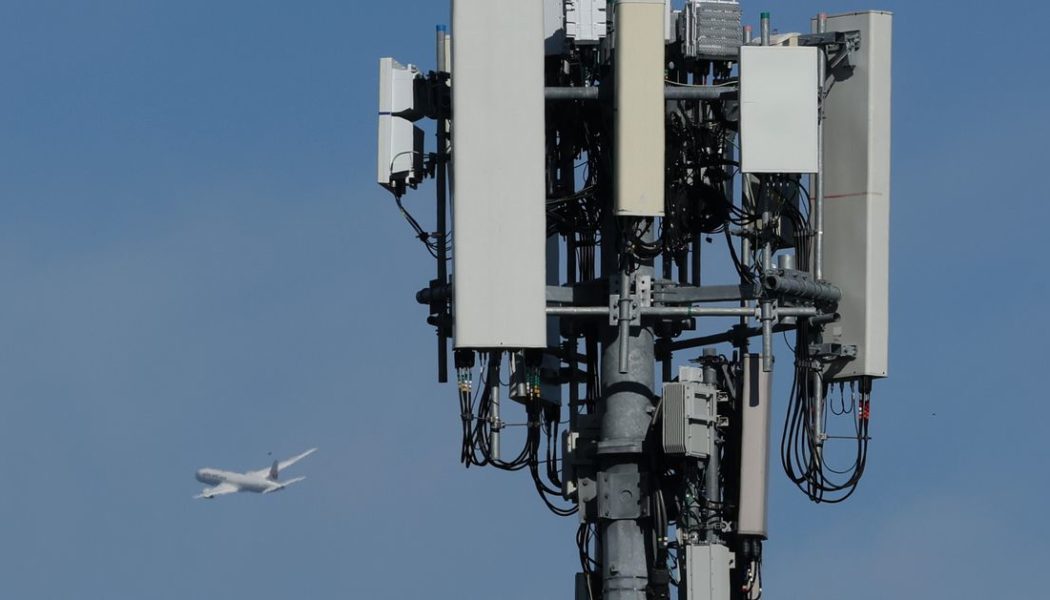
AT&T is lighting up its expanded 5G service in just eight metro areas in the US on Wednesday, including Austin, Dallas-Fort Worth, Houston, Chicago, Detroit, Jacksonville, Orlando, and South Florida (PDF). This comes after both AT&T and Verizon voluntarily limited the activation of C-band spectrum around airports after facing mounting pressure from airlines.
“Today’s introduction begins in limited parts of 8 metro areas across the U.S. It will expand rapidly as our thoughtful and efficient deployment ramps up throughout the year,” Chris Sambar, AT&T’s executive vice president of technology operations, explains in the post announcing the expansion. “With 17 C-Band-capable devices already available online and in our stores, you can start seeing those speeds today.”
Just one day before Verizon and AT&T’s scheduled 5G rollout on January 19th, major airlines warned against activating 5G towers for fear of “catastrophic disruption” to flights operating across the country. Air India, Emirates, Japan Airlines, and ANA canceled some of their flights in advance over concerns that the 5G expansion could interfere with radar altimeters that aircraft use to make low-visibility landings. Ahead of the rollout, the Federal Aviation Administration (FAA) reached an agreement with both carriers to create 50 buffer zones where AT&T and Verizon will shut off transmitters for six months near airports with high traffic volume and frequent low-visibility conditions.
In a statement to The Verge, AT&T expressed frustration at the FAA’s failure to “utilize the two years they’ve had to responsibly plan for this deployment,” as well as its “inability to do what nearly 40 countries have done, which is to safely deploy 5G technology without disrupting aviation services.” AT&T and Verizon’s activation of the C-band spectrum has faced pushback by the FAA, resulting in two delays. And while AT&T is taking a more cautious approach to its rollout, Verizon plans on activating its network in 1,700 cities — covering 100 million more people — this month.









